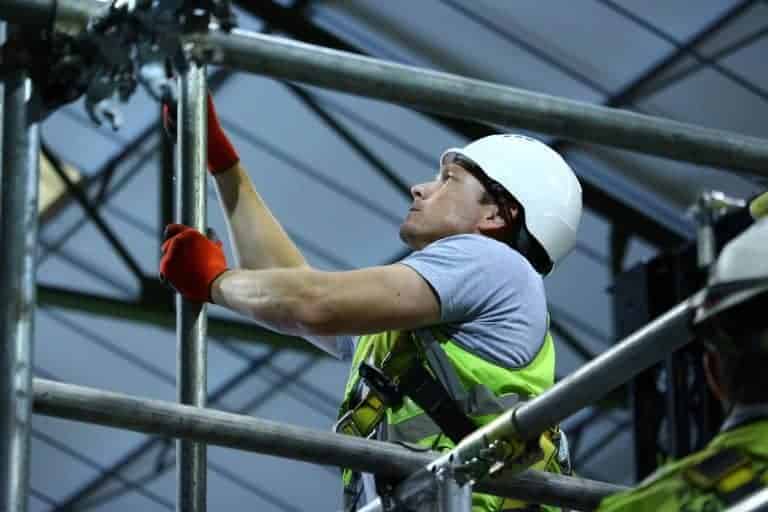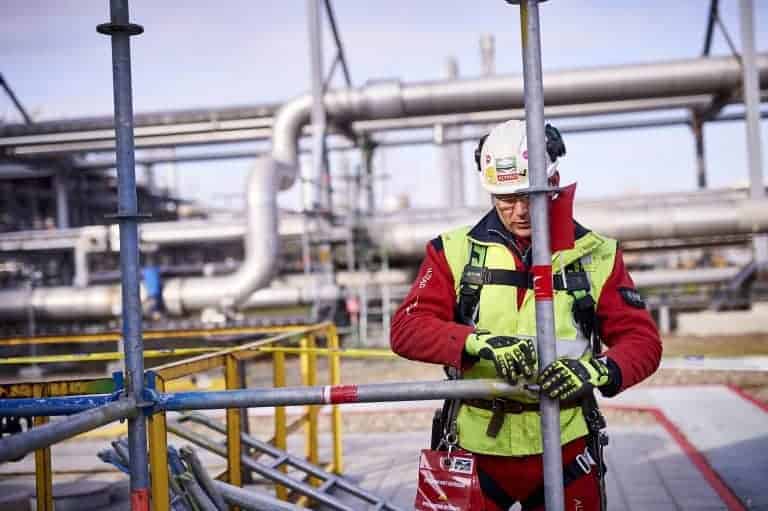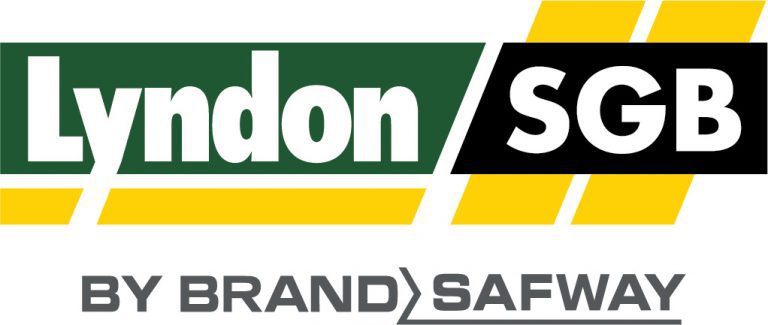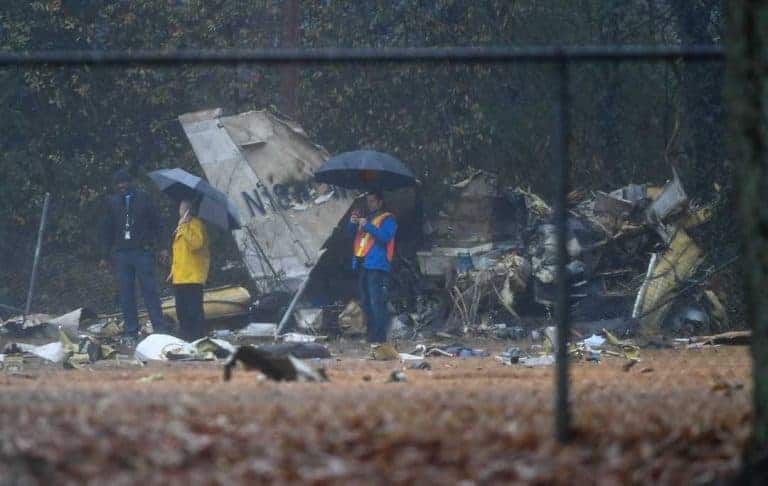New Stay Safe at Height training course announced by CISRS
Altrad Group reports record revenue
Altrad Group has announced record revenues of €3.42 billion for the fiscal year ending August 2018.
The giant French-based group reported a net profit growth of €201 million in 2018 in comparison with €138 million in 2017. Altrad’s successful acquisition and integration of Cape plc in September 2017 has significantly contributed to this strong growth.
According to an Altrad report, the group’s overall revenue is represented by an impressive 81% to services provided and 19% to equipment manufacture, this section of the business continues to grow and perform well with healthy margins, the group said.
A core initiative of the Altrad group in this financial year has been to bring forward different business all working together under the Altrad umbrella. This combing of workforces has enabled Altrad to diversify their service offering with improved exposure to longer-term sectors including Oil and Gas.
One of the world’s largest scaffolding providers Altrad have more than one-third of their business outside of Europe with under a third being in the UK and according to KHL hold stock with a value of €1.2 billion. With Brexit on the horizon, it seems the Altrad group is positive about their future market in the UK, despite all the uncertainties we face the UK market is showing a good standard of resilience and the group have various plans in place to prepare for any uncertain outcomes.
Altrad’s CEO Lois Huetz said: “These record full-year results reflect the transformative evolution that the Group has undertaken in recent years. The strategic rationale to diversify Altrad’s service offering and expand our geographical footprint has provided the Group with a significantly stronger and more balanced business. The breadth of our services ensures we have the scale and capabilities to meet the exacting demands of our enviable blue-chip client-base across our various sectors and geographies.
Following the successful integration of Cape throughout this year, we have firmly established ourselves as an undisputed world leader in services to large industry and equipment for access to the construction and maintenance of the world’s largest facilities. We are employing strategies to consolidate this position further by leveraging the operating efficiencies and new opportunities that present themselves to us on account of our increasing scale and profile within the industry.”
Scaffolding lorry driver arrested after fatal motorway crash
A lorry driver has been detained by police after a 14-year old boy and a woman was killed following a major crash involving multiple vehicles on the M58.
The collision which happened yesterday around 9am between junctions 3 and 4 near Wigan involved seven vehicles including a scaffolding lorry and a minibus. The two victims who had been traveling in the minibus were pronounced dead at the scene Police said. A 31-year old man from Chorley who was driving an Allied Scaffolding lorry has been arrested on suspicion of causing death by dangerous driving. A number of other people also suffered serious injuries and are being treated at Hospital. A spokesperson for Allied Scaffolding told the ScaffMag: “We are deeply saddened by the events that took place yesterday, we will continue to fully co-operate with police and authorities and give them our full support during their investigation. “Our main concerns remain for those involved in the crash and their immediate families.” In a statement, Lancashire Police also said: “Shortly after the initial collision a second collision took place involving an HGV, a van and a car. As a result of this collision, a woman also suffered serious injuries. Two men were also seriously injured. “We are working closely with partner agencies and the motorway remains closed in both directions for accident investigations. Diversions are in place.”Beaver84 Merges With Generation Hire & Sales
Scaffolding specialist Altrad Beaver84 has merged with Generation Hire & Sales.
As of the 1st January, Altrad Beaver84 is now trading as Generation Hire and sales the firm has said on its website. Both Beaver84 and Generation were acquired by French scaffolding giant the Altrad Group, in 2011 and 2012, both have traded independently ever since. ScaffMag understands that in 2018 the Altrad Group saw an opportunity to combine both businesses to provide better service and value to customers of Beaver84 and Generation. The coming together of Beaver84 and Generation will mean they have the largest stock holding of Hire and sales materials than anywhere in the UK. Generation also says their customers are able to benefit from a magnitude of additional branches, a larger fleet of Hiab vehicles and additional technical resources and support. A spokesperson for Generation said in a statement on their website: “We have been working hard to ensure that the only impact is the name change to Generation. But there will also be some updates to account and product codes. The Altrad Beaver team will continue to support their customers and ensure that there is no interruption to our service.”New scaffolder training centre opens in Qatar
Safety and Access and Aecor International Training have gained Overseas Scaffolders Training (OSTS) accreditation from CISRS for a new centre in Al Khor, Qatar.
The UK training firm and Aecor International already have a very successful partnership with their centre in Nepal and are hoping to emulate that in the Middle East. According to CISRS, there are many Nepalese scaffolders working in the Oil and Gas industry in Qatar who already hold CISRS OSTS qualifications after been trained at the Safety & Access centre in Kathmandu. The opening of the training facility at Al Khor will help those scaffolders to continue their progression through CISRS training Level 2, 3 and 4, etc whilst they are working locally, rather than having to wait until they return home. Rick Statham, Joint Managing Director of Safety and Access, said: “We are absolutely delighted to have the opportunity to provide CISRS OSTS training in Qatar once again. The training facilities developed with AECOR International are excellent and with the location close to Ras Laffan we are confident that this training and skills service will be a welcome support to local businesses. “We have an immediate demand for training at the centre and this is set to continue for the foreseeable future.” The centre has initially been accredited to deliver Level 1, 2 and 3 OSTS Scaffolder Training, Basic and Advanced Inspection and Scaffolding Supervisor courses but also plans to introduce CPD and Cuplok Systems training in the near future, as the product is widely used in Qatar. Dave Mosley, CISRS Scheme Manager, said: “It’s great to see the centre getting off to such a flying start, with 60 operatives attending Level 1 Scaffolder training before the end of last year. Qatar has reacted very positively to the introduction of CISRS OSTS. “On a previous visit I met with Ashghal the Public Authority for Health and Safety they have been very proactive when it comes to scaffolder safety, they were very keen to see OSTS introduced and will be looking for CISRS qualified scaffolders on their many projects going forward.”Brogan Group bags Westminster hoist package
SGB Buys Lyndon Scaffolding
BrandSafway has acquired Lyndon Scaffolding and its subsidiary Taylor’s Hoists.
BrandSafway which owns SGB which will now be combined with Lyndon to become Lyndon SGB by BrandSafway. Dave Witsken, president of Energy and Industrial for BrandSafway, said: “This is an exciting combination. It allows us to bring together a full range of scaffolding solutions plus deliver excellence in a suite of other access technologies for our customers.” “By combining the assets, expertise and reputation of Lyndon Scaffolding with SGB, we will be able to expand our service solutions in key major cities in the U.K., broaden our overall footprint and accelerate our growth.” Lyndon Scaffolding operates from locations in London, Birmingham, Manchester, Edinburgh and Barry, Wales with Taylor’s Hoists based in Duxford. “We look forward to being on the same team with SGB,” said Robert Lynch, CEO of Lyndon Scaffolding. “SGB is one of our industry’s best-known and well-respected names. By working together and sharing our expertise and best practices, Lyndon SGB will be able to offer customers more products and services and improved solutions.” Established in 1968, Lyndon Scaffolding has sales of approximately £50 million and more than 600 employees. Lyndon Scaffolding has worked on some the U.K.’s largest and most impressive projects, and its portfolio includes Jubilee Bridge at Runcorn, BBC Broadcasting House, Tate Britain, Severn Bridge, Birmingham Gateway Station, Millennium Stadium in Cardiff, and the Scottish Parliament Building. Mick Herke, managing director of Brand Energy & Infrastructure Services in Europe for BrandSafway said: “By combining resources, Lyndon SGB will have more locations and greater depth of expertise and we will be able to leverage our scale to better serve customers. “Both Lyndon Scaffolding and SGB are strong companies with an emphasis on excellent quality and service. Together as Lyndon SGB, we can create more value for clients.”Scaffolding on Big Ben ‘falls away’ with Snapchat App
Stepup Scaffolding CEO And Executives Killed In Plane Crash
Scaffolding manufacturers and distributors Stepup Scaffolding have announced the tragic death of their CEO Wei Chen and 3 executives.
Stepup Scaffolding a subsidiary of Sunshine Enterprise Inc, based in Scotland and headquartered in Memphis USA has identified four of its employees as victims killed in a plane crash. According to reports, the business jet flown by Chen plunged out of the sky crashing into a football field in an Atlanta park as it was making its way from Atlanta to Memphis on Thursday 20 December. Wei Chen, John Chen, Bruce Pelynio and Danielle Mitchell were identified as victims in the crash, according to Stepup Scaffolding President, Mike McAnnally.











